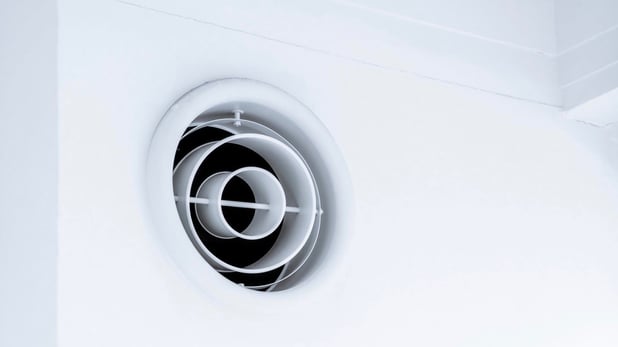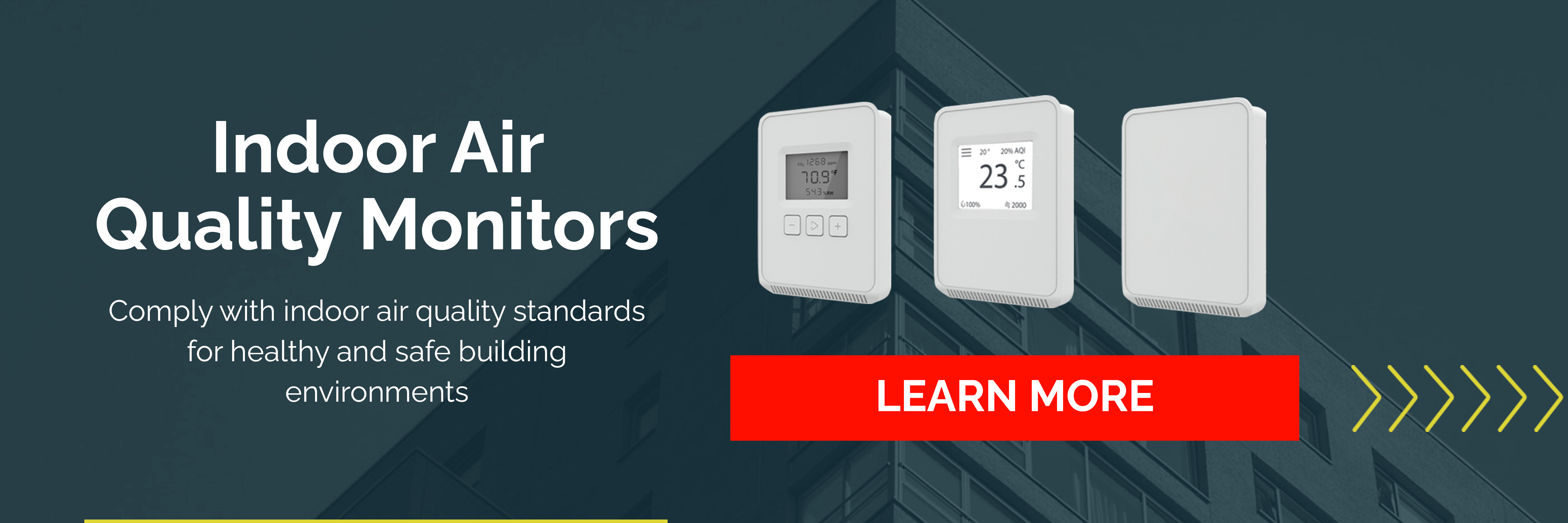Measuring Indoor Air Quality (IAQ) Improves Employee Health

2020 has revealed that our ideas of public health and safety may not be as thorough as they should be. Where does that leave you and your office, now that you’re coming back together? What can you be doing to make sure your employees’ health is a top priority?
One of the best ways to start is by measuring indoor air quality and identifying how to make it better. People spend more time in the workplace than just about anywhere else, so the indoor air quality of that environment must be as high as possible. However, if you haven’t been regularly measuring indoor air quality, you may not be familiar with the value it has.
Here’s the information you’ll need to make indoor air quality (IAQ) a priority in the workplace.
What Factors Affect Your Office’s Indoor Air Quality?
Indoor air quality affects the health of everyone who shares an indoor space. But, like Business Insider reports, “many of the pollutants that can cause problems are odorless and undetected until symptoms such as respiratory issues, digestive issues, fatigue, and sleepiness appear.”
The most apparent signifier that there’s a problem with your office air quality is when employees report headaches or fatigue at work but not at home. If these symptoms start appearing in the office, you probably have a problem with your IAQ. According to The United States Department of Labor, the most common causes of subpar IAQ include things like:
- Not enough ventilation
- Poor upkeep of HVAC systems
- Dampness and moisture damage caused by leaks, flooding, or high humidity
- Indoor and outdoor contaminated air
Environmental and personal factors can also play a significant role in how employees perceive office air quality. Things like odors, inconsistent temperature, air pressure (drafts or stuffiness), noise levels, lighting glare, and even the office’s arrangement can all affect the way your employees feel about the workplace’s indoor air quality standards.
How Can You Make Measuring Indoor Air Quality a Priority?
Improving indoor air quality is an ongoing process. Since so many of the factors that affect IAQ are invisible to us, the best way to prioritize it is to install the right air quality testing equipment. Sensors that track CO2 levels, VOC levels, temperature fluctuations, humidity, and air pressure will notify you if (and when) there’s a problem with your office air quality, giving you plenty of time to address the source of the issue before it affects your workplace.
Measuring indoor air quality means equipping yourself with the data you’ll need to curate the healthiest and most productive work environment for your employees. Get in touch with us today to learn more about the equipment you’ll need to make measuring indoor air quality a standard for your office!





